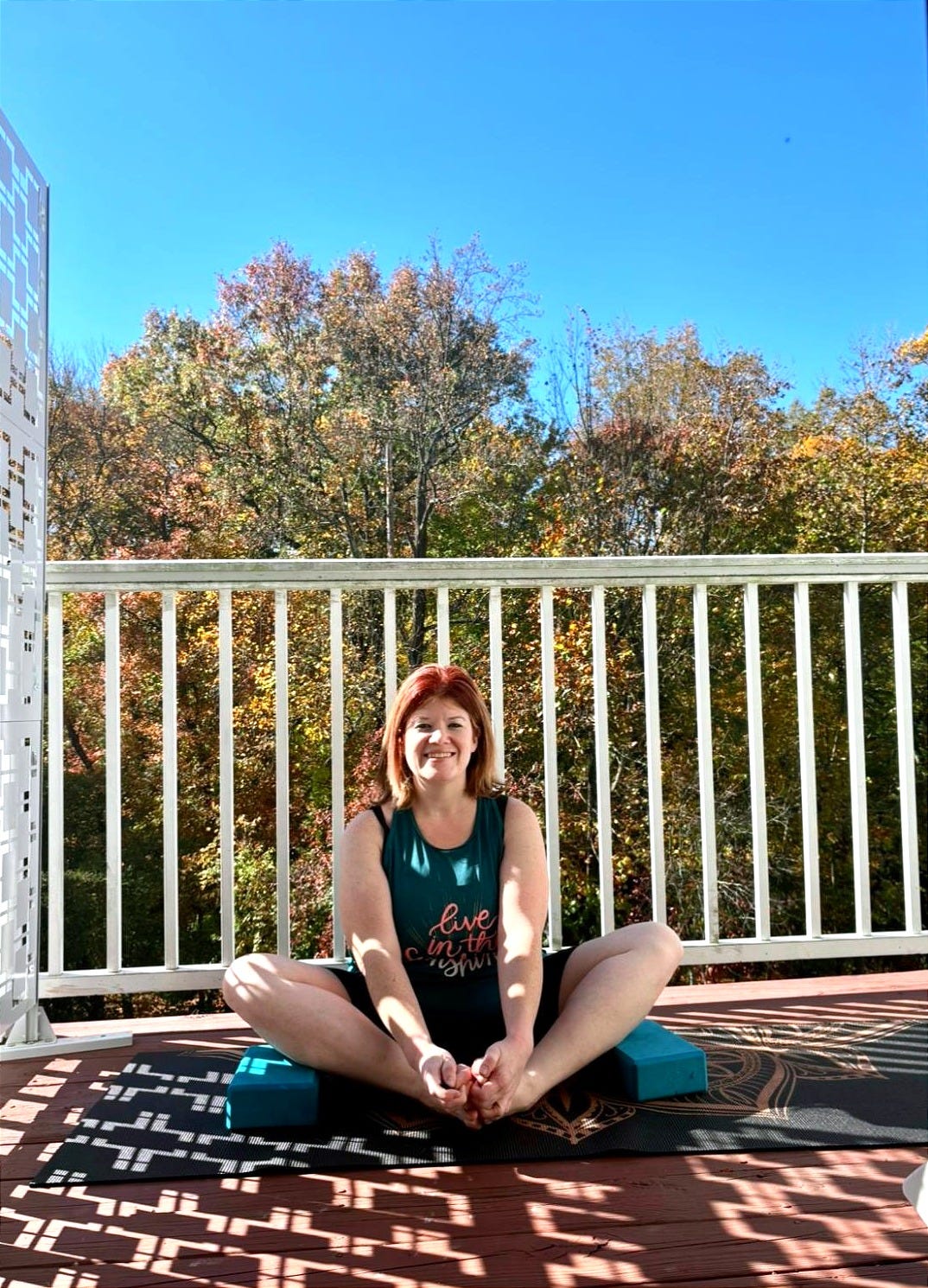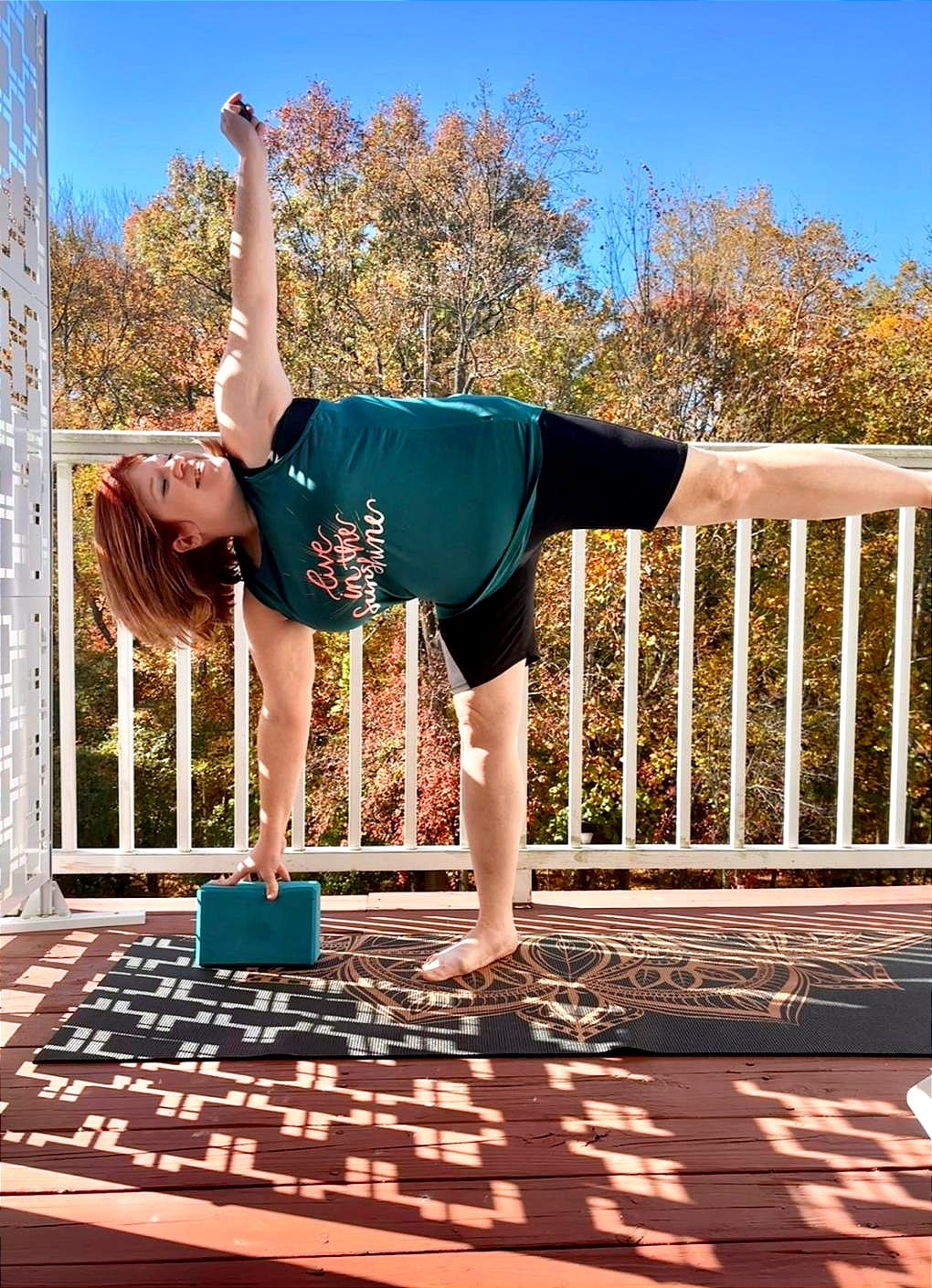When I first stepped into a hot yoga studio back in 2014, I had no prior knowledge of yoga. Unfamiliar with the Sanskrit terms that the teacher was using –and even the English translations of the poses, for that matter –I was too distracted to bother with the much-needed inhales and exhales that the instructor was cueing, and I spent my time looking around me to see how other people in the room were moving their bodies, so that I could attempt to keep up with them and do the same.
At the time when I was attending these beginner-level classes, whenever the teacher would give me any sort of physical adjustment or assist (which was rather often), I always assumed that I must be doing something wrong. Although I am certain that quite a lot of those assists were related to my alignment, as I have never been well-known for body awareness, I didn’t understand that adjustments and assists can actually have a variety of purposes. In addition to helping yoga practitioners to find greater alignment, yoga teachers might provide hands-on assists to help their students with deepening a stretch, finding more stability, increasing relaxation or guiding the body into a fuller expression of a pose.
Nowadays, my perspective of yoga is vastly different than it was as a new brand-new practitioner. Although I certainly place value on having the correct alignment in yoga poses, and I love to receive feedback on how to fine-tune my asana (physical) practice, I no longer feel any sort of pressure to do yoga the “right way.” As Alexandra McRobert often emphasizes during our yoga classes at the Mindful Life Practice (MLP), we should do what feels good for us in our bodies in any given asana practice. Consequently, as long as attending a yoga class has made me feel good -whether that be mentally, emotionally and/or physically -then I consider that practice to have been a success!
Similar to my initial perception of hands-on adjustments and assists, the use of yoga props, such as blocks, straps, bolsters and blankets, can also sometimes have a negative stigma attached to it. Yoga practitioners may worry that using props may make others think that they are not capable of doing certain poses independent of these supports, or they may be concerned that others will think that they are trying to “take the easy way out” and make yoga postures less difficult.
This perception of yoga props couldn’t be any farther from the truth! In fact, props can actually enhance our yoga practice in a variety of ways, and there are many seasoned yoga practitioners who incorporate props into their regular asana practice. As the title of this article aptly explains, blocks (and all props!) are our buddies!
Above: Baddha konasana, or Bound angle pose with blocks
Since receiving my 200 Hour Yoga Teacher Certification from the Mindful Life Practice and in my role as a yoga instructor, I often strive to model the use of props when I am teaching to show my students that props are not only welcome to accompany us on our mats, but they can play an integral role in our practice.
So, what exactly are the advantages of using props during our asana practice? And what are some examples of poses that can be enriched by props? Let’s explore this topic more in-depth!
"[A]s long as attending a yoga class has made me feel good -whether that be mentally, emotionally and/or physically -then I consider that practice to have been a success!"Why should we use props?
There are many reasons why we may choose to implement the use of props when we are practicing yoga! For instance, props can lead to increased…
Alignment:
The use of props is an excellent way to ensure that we have proper alignment! Having good alignment allows us to experience the full benefits that each pose has to offer while simultaneously increasing safety and reducing the risk of injury.
Above: Pyramid pose with blocks
I often use blocks in pyramid pose, or parvottanasana, to help with alignment. In this posture, yoga practitioners move into a deep forward fold whilst simultaneously making sure to avoid rounding through the back and shoulders. If, like me, you find that you cannot engage in this forward fold without rounding through the back, or if you find that you have a tendency to want to bend the front knee, then you can modify this pose through the use of blocks! By placing my hands on blocks, I can find greater alignment than I would naturally have while still accessing all of the benefits of this posture such as stretching, strengthening and lengthening the hamstrings, calves and quadriceps!
Extension and Stability:
Above: Ardha chandrasana, or half moon pose, with a block
No two bodies are alike, and there are times when our limbs might not be long enough to enable us to carry the fullest expression of a yoga pose. My arms are quite short, and I find that blocks are an excellent way to bring the floor closer to me so that I do not have to reach quite as far! Although I am technically able to touch the ground to execute ardha chandrasana, or half-moon pose, I prefer to place a block under my hand, as reducing the distance that I have to reach enables me to more fully open the hips, hamstrings, chest and shoulders.
Another benefit of using a block with ardha chandrasana is increased stability. For individuals who may struggle a little bit with balancing poses, props can provide them with a bit more support which, by default, will also result in them having a more comfortable and relaxed practice. Although there is certainly nothing wrong with wobbling or falling (in fact, at the MLP, we often say that wobbling or falling means that you are trying!), it always feels nice to know that increased stability is available should you need it!
Stretching:
Props can also help us to access a deeper stretch! In reclined hand-to-big-toe pose, or supta padangusthasana, for example, using a strap may help us to increase the stretch that we feel in both the hamstrings and the the hips, as without the strap, our flexibility may not allow for the fullest expression of the pose. Additionally, using a strap can lead to more comfort, as we are able to able to relax the lower back –rather than adding potential strain to the back by reaching upwards towards the big toe of the extended leg!
Relaxation:
We can use props to increase our relaxation in a variety of postures! In fact, restorative yoga classes regularly rely on the use of props to create shapes where yoga practitioners can remain for quite some time in order to deeply relax both the body and mind! Folding the body over a block or a bolster in Child’s pose, or balasana, for instance, can help to make this pose much more comfortable by providing some extra cushion. Additionally, adding this extra support can make this pose more accessible to individuals who have difficult resting the forehead on the mat, as well as anyone with tight hips or hamstrings.
Above: Child’s pose with a block
Preparation:
Props can also be used to help us to gradually learn how to do a pose that we have not yet mastered. When learning how to do crow pose, or kakasana, for example, some practitioners place a block under the feet to give them a boost in terms of the elevation that is needed to get into this posture. They may also place a block under the forehead to assist them with balance and duration in the pose. As they build their strength and confidence in this posture, they can eventually remove the supports!
Strength:
We can also use props to engage and strengthen our muscles! In a lot of the Mindful Sweat classes that are available on the Mindful Life Practice website, for example, Alexandra McRobert invites us to squeeze a block between the thighs during leg lifts, which activates both thigh and core muscles. As an added benefit, squeezing the block also helps us to further stabilize both the hips and the pelvis.
Mobility:
Props can also be utilized to help us to increase our range of motion! One activity that we often do in yoga to improve our shoulder mobility, for example, is shoulder flossing, which is performed using a yoga strap. To do this exercise, we first grasp a yoga strap in both hands and extend the arms in front of the body. Next, we raise the arms up over the head and down our backs towards our bottoms while keeping the shoulders relaxed. We then return to our original position by raising the strap up towards the sky, taking it back over the head and extending the arms in front of the body.
Above: Shoulder flossing with the use of a yoga strap
What’s the bottom line?
Props serve a myriad of purposes, which help to improve our yoga practice and make it more enjoyable! I encourage you to spend some time learning more about the many ways that you might be able to incorporate props into your own practice! Additionally, here are a few more of my favorite ways to utilize props during my time on the mat!
The Mindful Life Magazine is created by the Mindful Life Practice. We publish the writing of our community members from our retreats, trainings, and online programs. If you want to learn more about what we do, check out www.themindfullifepractice.com !
There is only one spot remaining on the Mindful Life Practice’s 200 Hour Yoga Teacher Training this July! Visit https://www.themindfullifepractice.com/bali-200-hour to learn more!









